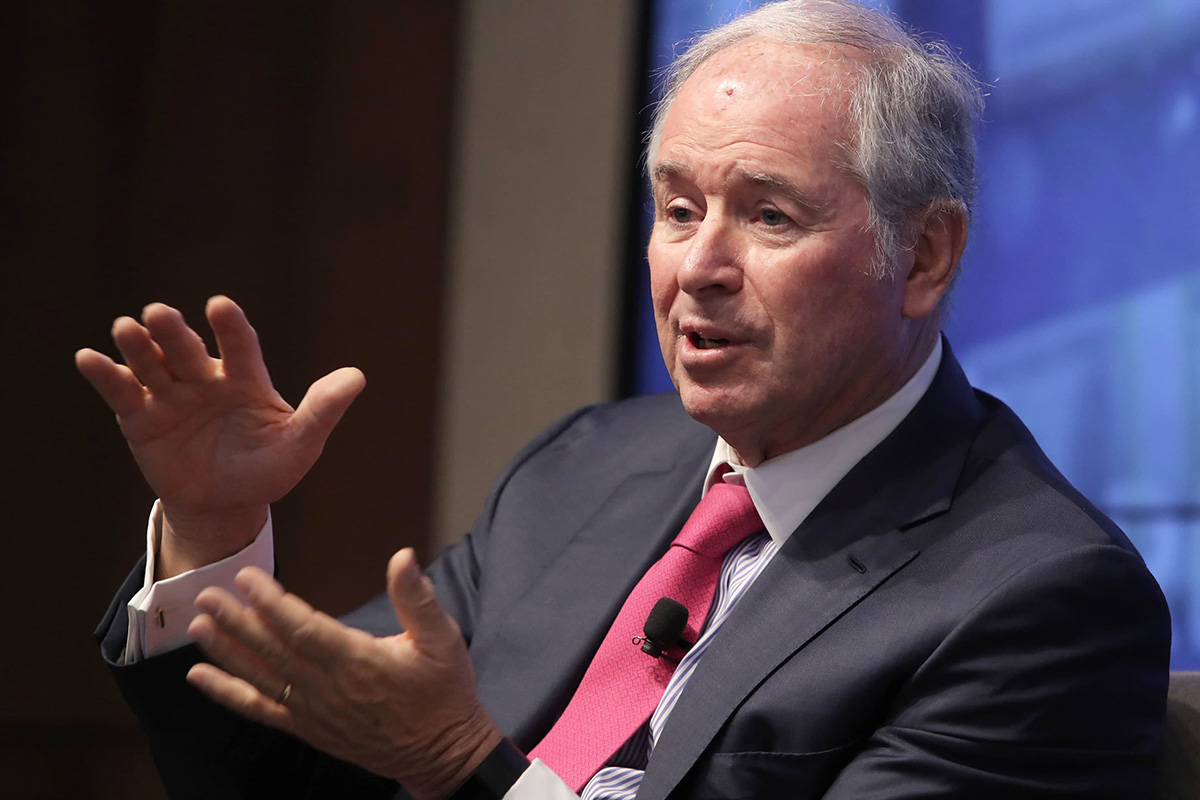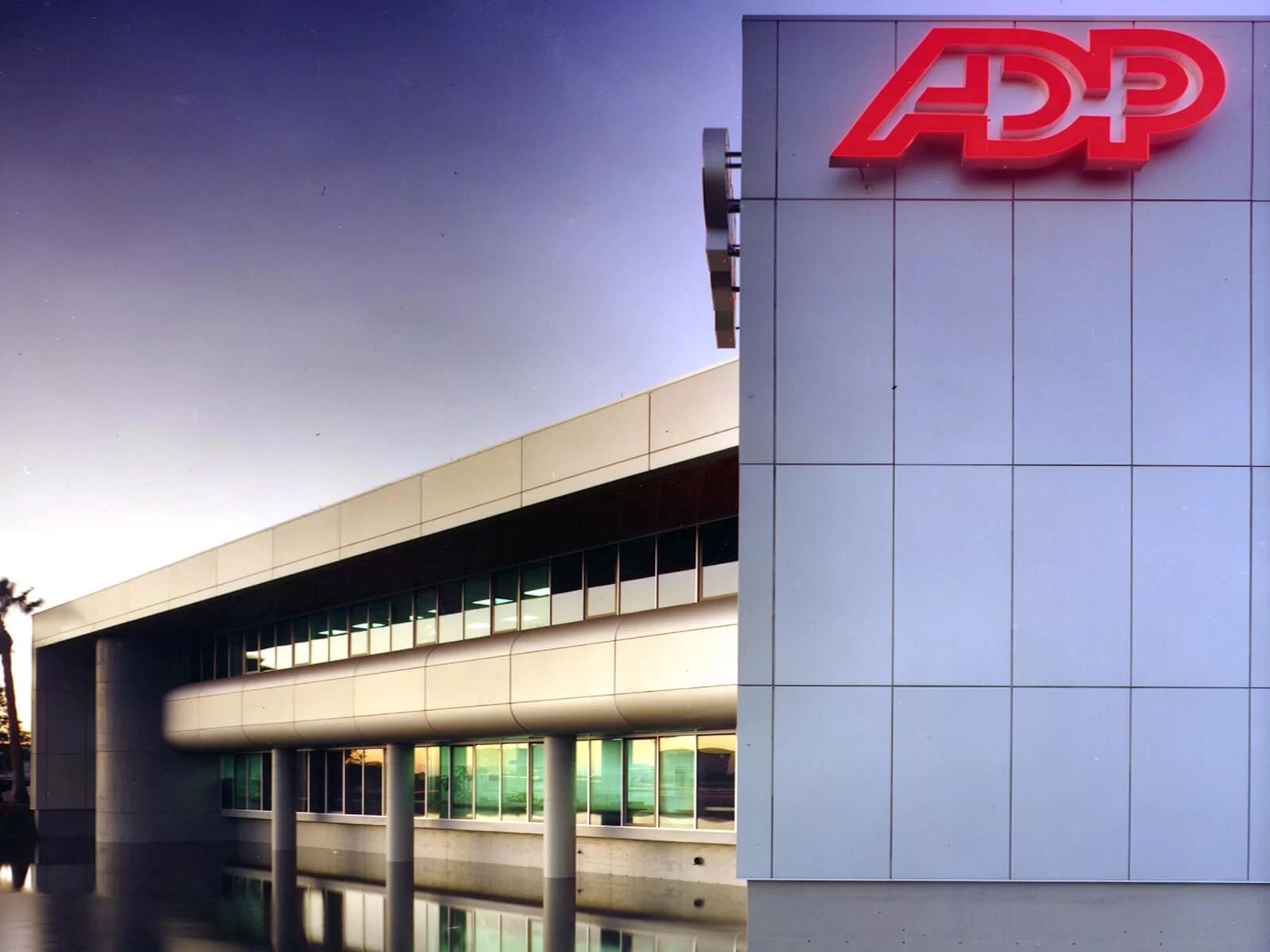

Finance
What Is Carry In Private Equity
Published: January 22, 2024
Learn about the concept of "carry" in private equity and its significance in finance. Understand how carry impacts investment returns and fund performance. Gain insights into the role of carry in the finance industry.
(Many of the links in this article redirect to a specific reviewed product. Your purchase of these products through affiliate links helps to generate commission for LiveWell, at no extra cost. Learn more)
Table of Contents
Introduction
Private equity is a dynamic and complex field within the realm of finance, and it encompasses various terms and concepts that are crucial to understand for anyone seeking to delve into this industry. One such essential concept is "carry," which plays a pivotal role in private equity transactions. Understanding carry is fundamental for investors, fund managers, and other stakeholders involved in private equity deals.
In the world of private equity, carry is a term that holds significant weight and is integral to the overall structure of investment funds. It is a key component that aligns the interests of fund managers with those of the investors, thus influencing the success and profitability of the fund. The concept of carry is multifaceted, encompassing various elements that contribute to its importance and complexity.
As we delve into the intricacies of carry in private equity, it is essential to comprehend its definition, structure, calculation, and overall significance within the context of investment funds. By exploring real-world examples and its impact on fund performance, we can gain a deeper understanding of how carry influences decision-making and shapes the outcomes of private equity investments. Let's embark on a comprehensive exploration of carry in private equity, unraveling its nuances and shedding light on its pivotal role in the world of finance.
Definition of Carry
Carry, also known as carried interest, is a form of incentive compensation that is prevalent in the private equity and venture capital sectors. It represents a share of the profits that fund managers receive as a reward for their successful investment strategies and performance. In essence, carry serves as a performance fee that aligns the interests of the fund managers with those of the investors, fostering a mutually beneficial relationship.
At its core, carry embodies the concept of sharing in the investment gains generated by the fund. It is typically structured as a percentage of the fund’s profits, often after achieving a certain threshold known as the "hurdle rate." This arrangement incentivizes fund managers to maximize returns, as their compensation is directly tied to the fund’s success. The notion of carry reflects the principle that fund managers should not only receive a fixed management fee but also participate in the upside potential of the investments they oversee.
Carry is a defining feature of the private equity landscape, distinguishing it from other investment vehicles. It embodies the entrepreneurial spirit and risk-taking mindset that are inherent in the world of private equity, as fund managers are rewarded based on the performance and profitability of their investment decisions. This dynamic compensation structure underscores the emphasis on long-term value creation and aligns the interests of all stakeholders involved in the fund.
Structure of Carry
The structure of carry is intricately designed to incentivize fund managers and align their interests with those of the investors. Typically, carry is structured as a profit-sharing mechanism, entitling fund managers to a predetermined percentage of the fund’s profits. This percentage can vary depending on the terms outlined in the fund’s operating agreement, with common rates falling within the range of 15% to 25%.
Carry is often subject to a hurdle rate, which serves as a minimum level of return that the fund must achieve before the fund managers are eligible to receive their share of the profits. This mechanism ensures that fund managers are rewarded for outperforming the established benchmark, thus emphasizing their commitment to generating superior returns for the investors. The hurdle rate acts as a safeguard, aligning the interests of the fund managers with the long-term success of the fund.
Furthermore, the structure of carry may incorporate a "catch-up" provision, which allows fund managers to receive a greater share of the profits once the fund surpasses the hurdle rate. This provision aims to compensate fund managers for any underpayment during the initial stages of the fund’s performance, enabling them to "catch up" to their entitled share of the profits before the investors receive their share.
Another aspect of carry’s structure involves the "clawback" provision, which serves as a risk-mitigation measure. In the event that fund managers receive excess carry due to inaccurate profit calculations or overestimations, the clawback provision enables the fund to recover the overpaid amount from the managers in subsequent periods. This provision underscores the importance of accurate and transparent profit allocations, ensuring fairness and integrity in the distribution of carry.
The structured nature of carry reflects its role as a performance-driven incentive, reinforcing the commitment of fund managers to achieve superior investment results and fostering a harmonious alignment of interests between the managers and the investors.
Calculation of Carry
The calculation of carry involves a nuanced process that takes into account the fund’s profits, the predetermined percentage allocated to the fund managers, and the presence of a hurdle rate. To illustrate the calculation of carry, let’s consider a hypothetical private equity fund with the following parameters:
- Size of the fund: $100 million
- Management fee: 2% of committed capital
- Carry percentage: 20%
- Hurdle rate: 8%
- Net profits: $50 million
First, the management fee is calculated based on the 2% rate applied to the committed capital, resulting in a fee of $2 million. This fee is typically paid annually to the fund managers as compensation for overseeing the fund’s operations and investments.
Next, the calculation of carry comes into play. The net profits of $50 million are assessed in relation to the hurdle rate of 8%. If the fund surpasses the hurdle rate, the fund managers become eligible to receive carry on the profits exceeding the threshold. In this scenario, the profits exceed the hurdle rate, signaling that the fund has achieved a level of return that justifies the allocation of carry to the managers.
With a carry percentage of 20%, the fund managers are entitled to a share of the profits. The calculation involves applying the 20% rate to the excess profits beyond the hurdle rate. In this case, the excess profits amount to $42 million ($50 million – $8 million, representing the profits above the hurdle rate).
By applying the 20% carry percentage to the excess profits of $42 million, the fund managers are entitled to $8.4 million in carry. This amount represents their share of the profits earned by the fund, reflecting their performance-based compensation for generating favorable investment returns.
The calculation of carry exemplifies its role as a performance-driven incentive, rewarding fund managers for their contributions to the fund’s success and aligning their interests with those of the investors.
Importance of Carry in Private Equity
Carry holds immense significance in the realm of private equity, serving as a linchpin that influences the behavior and motivations of fund managers while shaping the dynamics of investment funds. Its importance can be attributed to several key factors that underscore its pivotal role in the private equity landscape.
Alignment of Interests: Carry plays a crucial role in aligning the interests of fund managers with those of the investors. By offering a stake in the fund’s profits, carry incentivizes managers to pursue strategies that prioritize long-term value creation and sustainable growth. This alignment fosters a sense of shared purpose and mutual benefit, driving managers to make investment decisions that are in the best interest of the fund and its stakeholders.
Performance-Based Compensation: Carry serves as a performance-based incentive that rewards fund managers for their ability to generate superior investment returns. Unlike the fixed management fee, carry is directly linked to the fund’s success, motivating managers to pursue strategies that yield favorable outcomes. This emphasis on performance-based compensation encourages accountability and fosters a results-driven culture within the private equity industry.
Entrepreneurial Mindset: The presence of carry instills an entrepreneurial mindset among fund managers, prompting them to adopt a proactive and innovative approach to investment management. By offering a share of the profits, carry encourages managers to think and act like owners, taking calculated risks and seeking opportunities that have the potential to yield substantial returns. This entrepreneurial spirit is instrumental in driving the growth and success of the fund’s portfolio companies.
Long-Term Value Creation: Carry incentivizes fund managers to prioritize long-term value creation over short-term gains. By aligning their compensation with the fund’s overall performance, managers are encouraged to focus on sustainable growth and strategic decision-making that enhances the value of the fund’s investments. This emphasis on long-term value creation contributes to the stability and success of the fund over time.
Competitive Advantage: The presence of carry can serve as a competitive advantage for private equity firms in attracting and retaining top-tier talent. Talented investment professionals are drawn to firms that offer lucrative carry arrangements, as it reflects the firm’s commitment to rewarding and incentivizing exceptional performance. This competitive advantage enables firms to assemble high-caliber teams that are driven to achieve outstanding results.
Ultimately, carry’s importance in private equity extends beyond its function as a compensation mechanism; it embodies a philosophy of shared success, performance-driven incentives, and a commitment to value creation that underpins the ethos of the industry.
Examples of Carry in Private Equity
To illustrate the practical application of carry in private equity, consider the following hypothetical scenarios that showcase its impact on fund performance and the compensation of fund managers:
Scenario 1: Fund Performance Exceeds Hurdle Rate
Imagine a private equity fund with a committed capital of $200 million and a carry structure that allocates 20% of the profits to the fund managers. The fund’s operating agreement includes a hurdle rate of 10%, which serves as the minimum threshold for the managers to become eligible for carry. After several years of strategic investments, the fund achieves substantial success, generating net profits of $100 million, surpassing the hurdle rate.
As a result of the fund’s stellar performance, the managers are entitled to carry on the profits exceeding the hurdle rate. With $90 million in profits surpassing the 10% threshold, the managers’ share of the carry amounts to $18 million (20% of $90 million). This substantial sum reflects the managers’ performance-based compensation, directly tied to the fund’s success in exceeding the hurdle rate and generating significant profits for the investors.
Scenario 2: Impact of Catch-Up Provision
In another scenario, a private equity fund with a carry percentage of 25% and a hurdle rate of 12% experiences a period of underperformance followed by a subsequent resurgence in profitability. Initially, the fund falls short of the hurdle rate, resulting in no allocation of carry to the managers. However, in the subsequent year, the fund achieves a remarkable turnaround, generating profits that exceed the hurdle rate.
Due to the presence of a catch-up provision, the fund managers benefit from a higher share of the profits to compensate for the previous underpayment. As a result, the managers receive a larger portion of the carry, reflecting the provision’s function of enabling them to "catch up" to their entitled share of the profits following a period of underperformance.
These examples underscore the dynamic nature of carry in private equity, showcasing its impact on fund performance and the compensation of fund managers. The presence of carry aligns the interests of the managers with those of the investors, incentivizing proactive management strategies and a focus on generating favorable investment returns.
Conclusion
Carry stands as a cornerstone of the private equity industry, embodying a symbiotic relationship between fund managers and investors while shaping the dynamics of investment funds. Its multifaceted nature, encompassing a structured incentive mechanism and a performance-driven ethos, underscores its pivotal role in driving the success and growth of private equity ventures.
Through the lens of carry, private equity firms can foster a culture of accountability, innovation, and long-term value creation. The alignment of interests between fund managers and investors, coupled with a focus on performance-based compensation, serves as a catalyst for proactive decision-making and strategic investment management. This emphasis on shared success and a results-driven mindset distinguishes carry as a driving force behind the industry’s ethos.
Moreover, the structured nature of carry, incorporating elements such as hurdle rates, catch-up provisions, and clawback mechanisms, reflects its role as a mechanism for equitable profit sharing and risk mitigation. This structured approach reinforces the integrity and fairness of the compensation system, promoting transparency and aligning the incentives of all stakeholders involved.
Ultimately, the importance of carry in private equity extends beyond its function as a compensation mechanism; it embodies a philosophy of shared success, performance-driven incentives, and a commitment to value creation that underpins the ethos of the industry. As private equity continues to evolve and adapt to the dynamics of the global market, carry remains a fundamental element that shapes the behavior, motivations, and performance of investment professionals, driving the industry toward sustained success and innovation.














